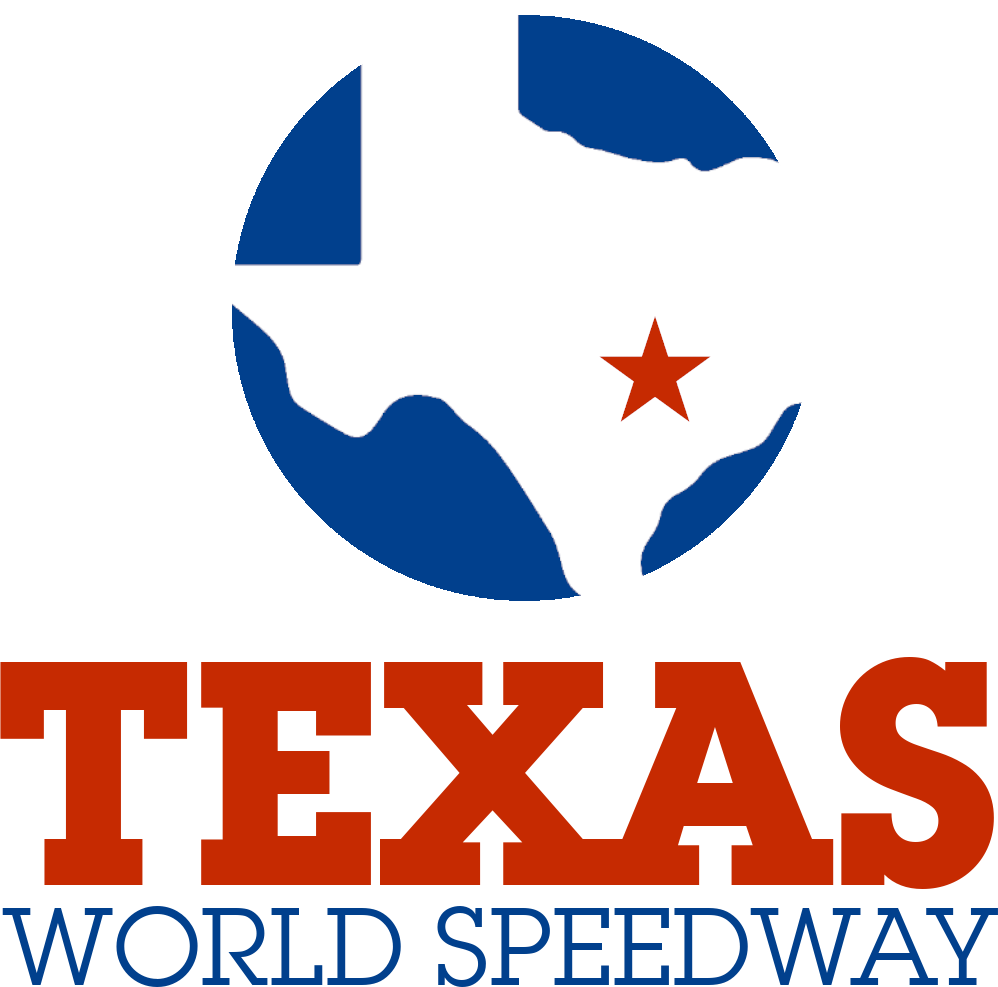Every track, past, present, and future, has a story to tell–a storied history with some legendary moments and legendary winners. Since its inception in 1949, 179 unique speedways and tracks have been featured on the NASCAR circuit across its many distinctive series. Today, only 53 of those still remain on the schedule across all of NASCAR’s divisions, while the others often waste away. Some get sold to real estate developers. They get turned into condos or a Walmart or a parking lot or a shopping mall. Others get left to ruin, a painful reminder of their former glory. And some get torn down in order to build a new short track but never reach beyond the blueprint and/or good idea phase of planning.
For the sixth edition of our ongoing Forgotten Speedways series, we’re going to take a look at a track that was supposed to be the next big thing when it opened in 1968. Located in College Station, Texas, which is also the home of Texas A & M University, Texas World Speedway was designed to act as the “sister” track of Michigan International Speedway. However, the track ultimately flopped while Auto Club Speedway (or California Speedway), which was also a clone of Michigan, went on to have some modest success. That leaves us to wonder why this track didn’t live up to its promise. Let’s take a look back in time. Forgotten Speedways proudly presents Texas World Speedway.
Also Read:

Texas World Speedway opened as the Texas International Speedway in November of 1968, hosting its first season the following year in ’69. The track was meant to be a Southwestern answer to Michigan International Speedway. It was conceived and constructed by Larry LoPatin and his American Raceways Incorporated. LoPatin had a hand in the construction of the earlier track in Michigan and wanted to replicate the concept in the south. American Raceways Incorporated also owned and operated Riverside Raceway, Atlanta Motor Speedway, and Trenton Speedway at the time of Texas’ construction.
In 1969, the track became an occasional stop for the NASCAR Cup Series schedule. Though, no NASCAR race was held at the track in 1970, the series returned in ’71 and raced annually (and, in the case of 1972, biannually) until 1973. In the early years of NASCAR’s history at the track, Richard Petty was its dominant driver. While he didn’t win the inaugural event, he did win the second race held at the track in 1971. He followed that up with wins in the Lonestar 500 in 1972 and the Alamo 500 in 1973. During this stint, Petty won at the track three times, making him the winningest (NASCAR) driver in the track’s history.
From 1974 to 1979, the track hosted no NASCAR races. However, beginning in 1976, Texas World Speedway became a mainstay on the USAC Champ Car Series (a precursor to the IndayCar Series we have today) until 1980. During IndyCar’s stint at the track, A. J. Foyt was the track’s winningest driver, scoring 4 victories at the facility. The first of those wins came in 1976. He then won the race held at the track in 1978 and then proceeded to sweep the races in 1979. The final scheduled race at the track in 1980 was cancelled due to the first IndyCar split, which was a result of a conflict between CART and USAC.
Falling behind the times, the track fell into disrepair as NASCAR and IndyCar went into the 1980s. As a result, the track was dropped from both schedules. This was the first nail in the coffin for the track. Though it lost its two most prominent series, the track remained open through 2017. During those decades, it hosted amateur races, most notably the ARCA series from 1991 to 1993. Texas World Speedway also played host to numerous driving schools and concerts in its storied history. One of the biggest events the track hosted was Willie Nelson’s Fourth of July Picnic in 1974. The concert series featured many artists, including Jimmy Buffett. The track shut down entirely on September 18, 2017.
Like its sister track, Michigan, Texas World Speedway was a 2-mile D-shaped oval. The turns were a little steeper, measuring in at 22 degrees. That compares to Michigan’s 18-degree corners. Meanwhile, the dogleg on the frontstretch was banked at 12 degrees, as the backstretch was a relatively flat stretch of track at 2 degrees of banking. The track sat on 600 acres of land. On the land of the speedway was a motorsports complex. This complex included a dirt track and a road course that weaved in and out of the oval track. The long configuration of the road course measured in at 2.9 miles with 15 turns. The shorter alteration was 1.9 miles in length across eight turns. The surface of the track was the traditional asphalt.
A number of different series raced at this facility at one point or another. The most popular ones were, of course, the NASCAR Cup Series and IndyCar. But, as mentioned before, the ARCA Menards Series also held events at the track in the early 1990s. IMSA also hosted a few events on the road course configurations. Other prominent series to host events at the track include AMA Superbikes, the Trans-Am Series, the Can-Am Series, and the SCCA Escort World Challenge.
A number of legendary drivers have scored victories at this long-lost forgotten speedway. We already discussed Richard Petty and A. J. Foyt who both scored the most wins at the track for their respective series. But Bobby Isaac won the inaugural NASCAR race at the track. It was his first “superspeedway” win of his career. Other NASCAR legends to nab victories at the track include Buddy Baker (1972), Darrell Waltrip (1979), Cale Yarborough (1980), and Benny Parsons (1981).
On the IndyCar side of things, legendary drivers who won at the track include Al Unser and Johnny Rutherford.
Though the outline of the track still remains, much of the original asphalt has been torn up. Following its closure in 2017, the track was used as a dumping ground for the cars destroyed during Hurricane Harvey. Once the junkyard was clear, land developers set in and the grandstands were subsequently demolished. Where turns 1 and 2 once stood, housing developments were built. The plan is to turn the former site of the Texas World Speedway into a small community in the college town of College Station, Texas. This leaves as a mere footnote in the history books of Texan motorsports.
What do you think of this, Daily Downforce readers? For some of our older viewers out there, have you ever been to this track? Have you ever watched an event here on TV? To date, almost all footage of the track seems to be lost to history, which is crazy considering the fact that it stayed open well into the 21st century. Would you have liked to see a race at this track, especially in the NextGen era? Let us know your thoughts! And be sure to keep your eyes peeled for the next installment of Forgotten Speedways.
